Studies in Continental Thought
GENERAL EDITOR
JOHN SALLIS
CONSULTING EDITORS
Robert Bernasconi
Rudolph Bernet
John D. Caputo
David Carr
Edward S. Casey
Hubert Dreyfus
Don Ihde
David Farrell Krell
Lenore Langsdorf
Alphonso Lingis
William L. McBride
J. N. Mohanty
Mary Rawlinson
Tom Rockmore
Calvin O. Schrag
 Reiner Schrmann
Reiner Schrmann
Charles E. Scott
Thomas Sheehan
Robert Sokolowski
Bruce W. Wilshire
David Wood
Martin Heidegger
The Phenomenology of
Religious Life
1. INTRODUCTION TO THE PHENOMENOLOGY OF RELIGION
2. AUGUSTINE AND NEO-PLATONISM
3. THE PHILOSOPHICAL FOUNDATIONS OF MEDIEVAL MYSTICISM
Translated by
Matthias Fritsch
and
Jennifer Anna Gosetti-Ferencei
Indiana University Press
Bloomington and Indianapolis
Publication of this book is made possible in part with the assistance of a Challenge Grant from the National Endowment for the Humanities, a federal agency that supports research, education, and public programming in the humanities.
This book is a publication of
Indiana University Press
601 North Morton Street
Bloomington, Indiana 47404-3797 USA
www.iupress.indiana.edu
Telephone orders 800-842-6796
Fax orders 812-855-7931
Orders by e-mail
Published in German as Martin Heidegger, Gesamtausgabe, volume 60: Phnomenologie des religisen Lebens, edited by Matthias Jung, Thomas Regehly, and Claudius Strube
First paperback edition 2010 by Indiana University Press
1995 by Vittorio Klostermann, Frankfurt am Main
2004 by Indiana University Press
All rights reserved
No part of this book may be reproduced or utilized in any form or by any means, electronic or mechanical, including photocopying and recording, or by any information storage and retrieval system, without permission in writing from the publisher. The Association of American University Presses' Resolution on Permissions constitutes the only exception to this prohibition.
 The paper used in this publication meets the minimum requirements of the American National Standard for Information SciencesPermanence of Paper for Printed Library Materials, ANSI Z39.48-1992.
The paper used in this publication meets the minimum requirements of the American National Standard for Information SciencesPermanence of Paper for Printed Library Materials, ANSI Z39.48-1992.
Manufactured in the United States of America
The Library of Congress has cataloged the hardcover edition as follows:
Heidegger, Martin, 1889-1976.
[Phnomenologie des religisen Lebens. English]
The phenomenology of religious life / Martin Heidegger ; translated by
Matthias Fritsch and Jennifer Anna Gosetti-Ferencei.
p. cm.(Studies in Continental thought)
ISBN 0-253-34248-1 (cloth : alk paper)
1. ReligionPhilosophy. 2. Phenomenology. I. Title. II. Series.
B3279.H46 2004
200dc22
2003015581
ISBN 978-0-253-34248-5 (cl.)
ISBN 978-0-253-22189-6 (pbk.)
2 3 4 5 6 15 14 13 12 11 10
Translators' Foreword
These lecture courses present particular difficulties for the translators, given that they were compiled from Heidegger's notes and the notes of students in his lecture courses, rather than from material Heidegger prepared for publication. Details on the text sources and compilation are provided in the editors' afterwords, included at the end of this volume. When the abbreviated or truncated character of the notes, particularly in the appendices, was retained by the editors of the German edition, we, too, have retained this insofar as it was still possible to provide a sensible and readable translation into English.
We have also endeavored to maintain, whenever possible, consistency regarding our translation of terms from the several lecture courses and appendices; we have provided for the reader a glossary which will indicate the terms we have employed to render the more or less technical terms of Heidegger's German. Some German terms (such as Zusammenhang), however, cannot be reliably translated by a single English word, and the glossary will also help to guide the reader here. In a few cases, additional words have been inserted in brackets in order to render a grammatically acceptable English translation. (Unfortunately, these will not always be distinguishable from the editors' insertions.) Occasionally, Heidegger capitalizes important terms like How and When, in effect rendering them nouns, which in German would then be capitalized; but he does not always do so. We have capitalized the terms when it was so in the German text; otherwise, we have put them into single quotation marks or, when appropriate, italics.
The Greek terms in the volume have, as in the German, been left without transliteration. Heidegger seems to have assumed that his audience knew Latin (in the second lecture on Augustine and Neo-Platonism there is much), but not Greek. Thus, while he rarely gives translations of the Latin, in many cases he paraphrases the Greek terms or sentences. However, he does not always do so. Wherever he does not do so, we have provided English translations on the basis of the New Revised Standard Version of the New Testament. In cases where Heidegger does not give a translation and the Greek terms are not clearly referenced to the Bible, we have supplied our own translation, often on the basis of the standard Liddell and Scott dictionary.
Such translation problems are a bit more convoluted in the Latin that appears in the second lecture course, largely because we could not rely upon existing English translations of Augustine in most cases. As with St. Paul's Greek, the translators faced the difficulty of remaining faithful to Augustine's as well as to Heidegger's text in translating the frequent Augustine passages. However, some of the Augustine texts Heidegger used, to our knowledge, have never been translated into English at all. In addition, at times Heidegger himself composed (without translating) Latin sentences or sentence fragments by taking his starting point from Augustine's text. Furthermore, as indicated, Heidegger rarely translated Augustine's Latin, and when he did, these translations aim at integration into Heidegger's close interpretation of particular phenomena and thus do not require the terminological consistency of full, existing translations of the text. Despite the need to translate all the Latin afresh, in the case of Augustine's Confessions, H. Chadwick's recent translation (Oxford: Oxford University Press, 1998) and W. Watt's older translation (Loeb Classical Library, Harvard University Press, 1912) have been consulted occasionally.
With regard to the translations, we decided not to use three different kinds of parentheses, but to restrict ourselves to two. As Heidegger rarely translates Augustine's Latin except for parenthetical explanations or interpretations, particular care is required in reading the symbols. All round brackets of the German original remain round brackets here. Within Latin and Greek citations, round brackets indicate Heidegger's explanatory or interpretive inserts. Latin and Greek citations that Heidegger did not translate at all are followed by our translation in square brackets. Within these, round brackets repeat Heidegger's inserts in the citations. In rare cases, round brackets in translations of citations indicate inserts we regarded as necessary for rendering the apparently intended meaning. Whenever we encountered particular translation difficulties or the special significance of words or phrases, we gave the German original in square brackets. As noted, some square brackets have also been used by the editors of the German manuscripts, largely to indicate undeciphered passages in the original manuscript or to complete a sentence (cf. editors' afterwords).

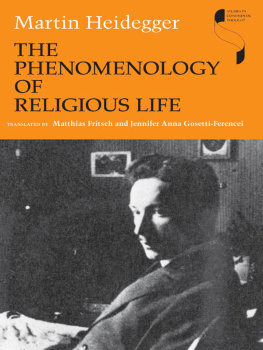
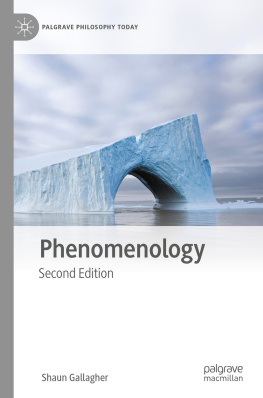
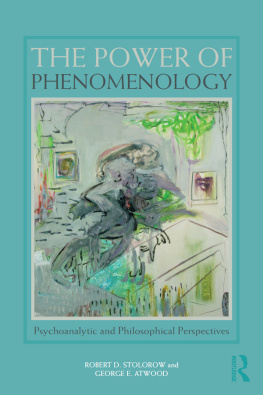
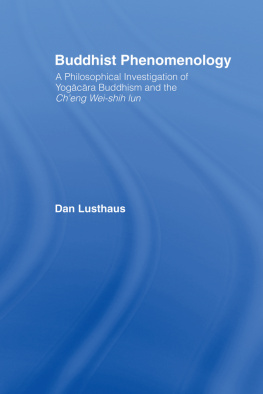
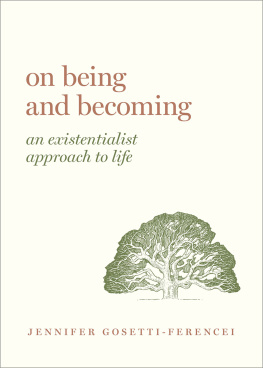
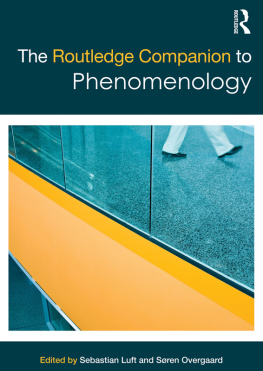
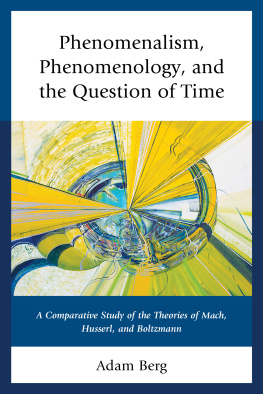
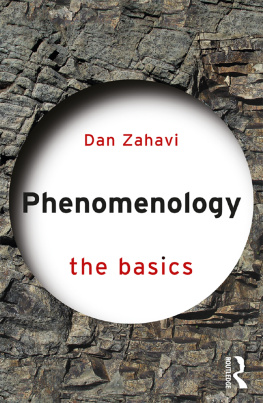
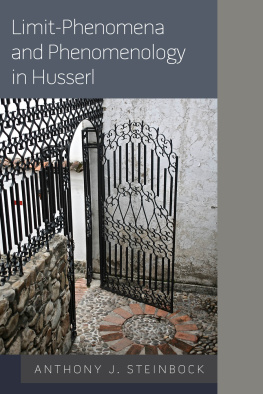
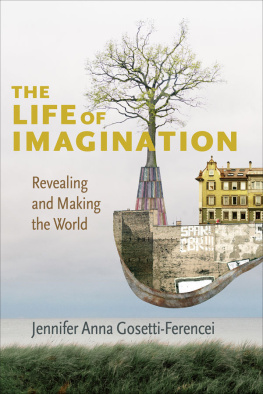
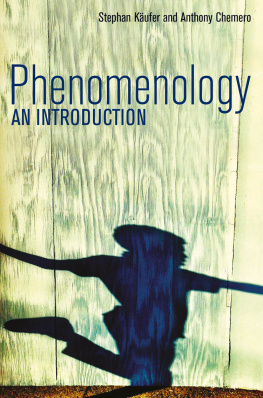
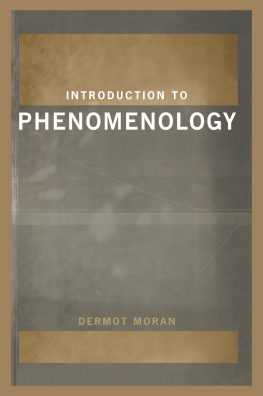
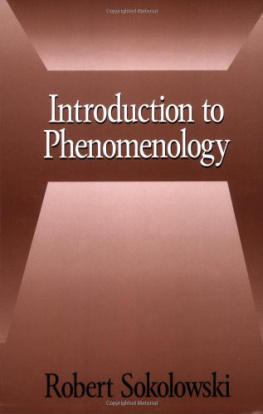

 Reiner Schrmann
Reiner Schrmann The paper used in this publication meets the minimum requirements of the American National Standard for Information SciencesPermanence of Paper for Printed Library Materials, ANSI Z39.48-1992.
The paper used in this publication meets the minimum requirements of the American National Standard for Information SciencesPermanence of Paper for Printed Library Materials, ANSI Z39.48-1992.